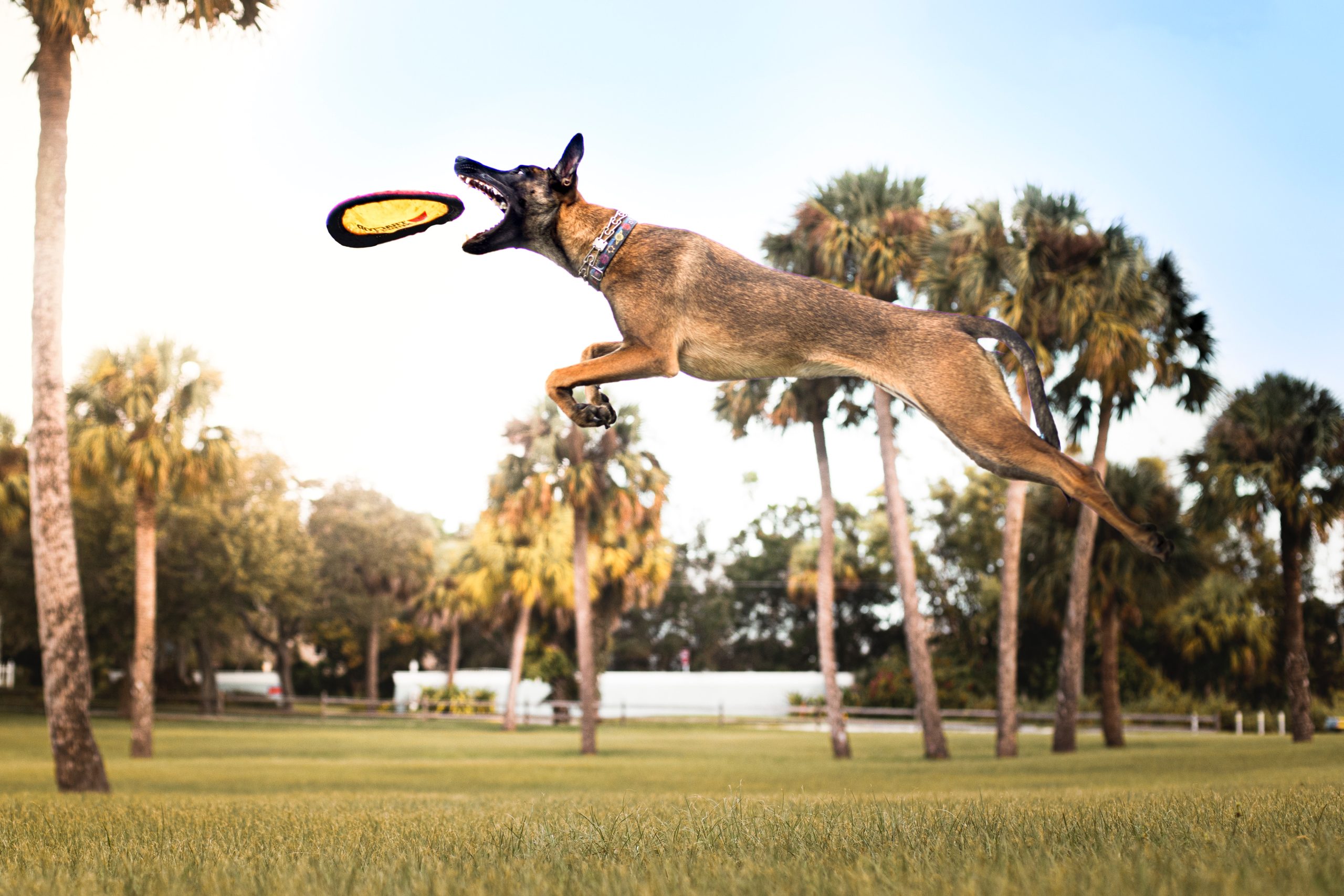The Ultimate Guide to Keeping Your Dog Healthy and Happy Through Regular Exercise
Regular exercise is crucial for dogs as it improves their overall health, prevents obesity and associated medical issues, and reduces the risk of various diseases and injuries. Different types of exercise, such as walking, swimming, and playing, can contribute to a dogs well-being. Consulting a veterinarian and following safety precautions are important for determining the right amount of exercise and ensuring a dogs fitness and well-being.
Importance of Regular Exercise for Dogs
Regular exercise is crucial for maintaining the overall health and well-being of dogs. It not only contributes to their physical fitness but also plays a significant role in preventing various health issues and behavioral problems.
The health benefits of regular exercise for dogs are extensive. This includes improved cardiovascular fitness, lowered blood pressure, and decreased stress [2]. Additionally, it helps prevent obesity and associated medical issues, reducing the risk of diabetes, cancer, and joint injury [2]. Dogs who lack exercise are more prone to poor muscle tone, injury, brain ailments, bone disorders, emotional problems, and behavior quirks. For example, regular walking not only helps in burning energy and maintaining weight but also stimulates a dog’s mind, reduces anxiety, and prevents joint pain.
Moreover, a balanced exercise routine is essential to prevent obesity and behavioral problems in dogs. It’s important to consider the dog’s age, breed, and health condition when choosing the appropriate types of exercises. For instance, different breeds have different exercise requirements. Breeds like Border Collies and German Shepherds require more physical and mental stimulation, such as agility training or advanced obedience exercises, while smaller breeds like Chihuahuas may benefit from shorter, more frequent walks to keep them fit and mentally engaged. Consulting a veterinarian is crucial to determine the appropriate amount of exercise based on the dog’s age, breed, and health. This ensures that the exercise routine is tailored to the specific needs of the dog, promoting their overall health and well-being.
## Health Benefits of Regular Exercise for Dogs Regular exercise offers several health benefits for dogs. It improves their cardiovascular fitness, lowers blood pressure, and reduces stress. Additionally, it helps prevent obesity and associated medical issues, thereby reducing the risk of diabetes, cancer, and joint injury [2]. Dogs that lack exercise are more prone to poor muscle tone, injury, brain ailments, bone disorders, emotional problems, and behavior quirks. For example, regular walks and off-leash activities aid in weight loss and energy burning, contributing to the overall well-being of dogs. Engaging in activities such as playing with a ball or Frisbee, agility training, canicross, and bikejoring provides not only physical exercise but also mental stimulation.
 Types of Exercise for Dogs
Types of Exercise for Dogs
When it comes to the types of exercise suitable for dogs, there is a wide range of activities that can benefit them. For example, off-leash activities such as playing with a ball or Frisbee can provide a fun and engaging way for dogs to burn energy and stay active. Additionally, structured activities like agility training, canicross, and bikejoring can offer mental stimulation and physical exercise for dogs of various breeds and sizes. These activities not only contribute to the dog’s physical well-being but also help in developing their coordination and obedience.
Moreover, the choice of activities should take into account the dog’s age, breed, and health condition. For instance, while high-intensity activities like agility training may be suitable for energetic and agile breeds such as Border Collies, they may not be appropriate for senior dogs or those with certain health conditions. Therefore, it’s important to tailor the exercise routine to the specific needs and capabilities of the individual dog to ensure that it is both safe and beneficial for their overall health and well-being.
Determining the Right Amount of Exercise
When it comes to determining the right amount of exercise for your furry friend, consulting a veterinarian is crucial. Vets can provide tailored advice based on your dog’s age, breed, and overall health condition, ensuring that the exercise regimen is suitable and safe for your specific pet. For example, a senior dog may require gentler activities like short walks and light play, while a high-energy breed such as a Border Collie might benefit from more vigorous exercises like agility training or long runs.
Moreover, gradually increasing activity levels is essential to prevent over-exercising, especially in younger or more enthusiastic dogs. It’s important to consider factors like the dog’s age and the weather, as extreme temperatures can impact a dog’s ability to exercise comfortably. By taking a gradual approach, you can help prevent injuries and ensure that your dog’s exercise routine is both enjoyable and beneficial for their overall health and well-being. For instance, during hot summer months, it’s advisable to schedule walks during the cooler parts of the day to avoid overheating and discomfort for your dog.
Safety and Best Practices for Exercising with Dogs
When it comes to exercising with dogs, safety and best practices are paramount to ensure the well-being of both the dogs and their owners. Obedience training and responsiveness to voice commands are particularly important for activities such as skijoring and bikejoring, where the dog must be able to follow commands to ensure safety and enjoyment. For example, a well-trained dog can enjoy the exhilarating experience of bikejoring alongside their owner, but this requires them to respond promptly to commands to avoid any potential hazards.
In addition, it’s vital to protect dogs and owners from excessive heat and sunburn when engaging in outdoor activities. Hydration is key to preventing heat-related problems, and applying sunscreen to dogs with light coats or sensitive skin can prevent sunburn. The same goes for the dog owners, who should also practice sun safety for themselves during outdoor activities with their pets. Furthermore, it’s crucial to be aware of legal responsibilities and considerations when walking dogs in public areas. This includes cleaning up after the dog, ensuring they are properly identified and desexed, and respecting environmental regulations and the rights of other people. By adhering to these best practices, the safety and well-being of both dogs and their owners can be ensured during exercise and outdoor activities.
Conclusion
Regular exercise is not only important for the physical health of dogs but also plays a significant role in their mental well-being. It provides them with an outlet to release pent-up energy, reducing the risk of developing behavioral problems and anxiety. For example, a dog that engages in regular walks, swimming, or off-leash activities is more likely to exhibit positive behaviors and have a calmer disposition due to the release of endorphins during physical activity.
In addition to the mental health benefits, regular exercise also contributes to keeping dogs within a healthy weight range, preventing obesity and associated medical issues. For instance, obesity is a common health concern for dogs, and engaging them in activities like playing with a ball, Frisbee, or agility training can aid in weight management and reduce the risk of diabetes, cancer, and joint injury [2]. Moreover, exercise is crucial in maintaining the overall well-being of a dog’s joints, helping to keep them active and preventing pain and problems associated with aging.
Thus, it is essential to emphasize the positive impact of regular exercise on dogs’ overall health and well-being, highlighting the need for a conscientiously designed exercise plan with the guidance of a veterinarian to ensure that dogs lead healthy and fulfilling lives.


